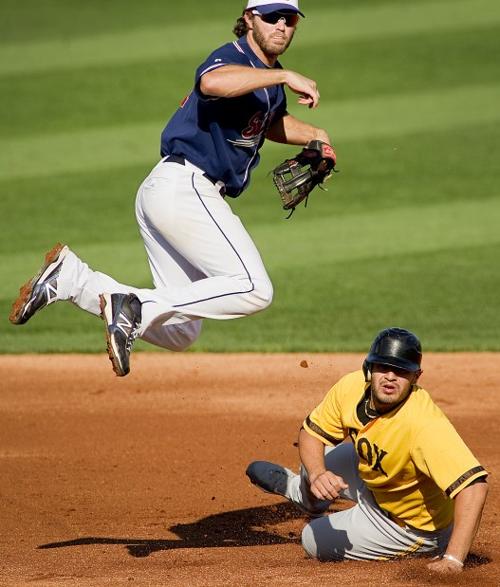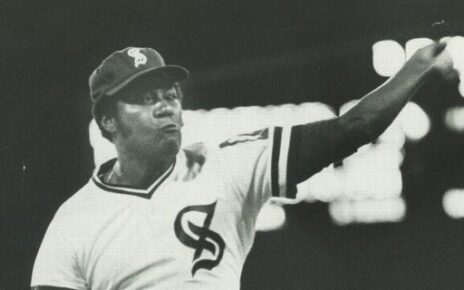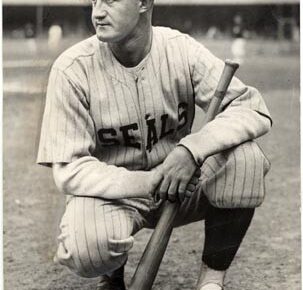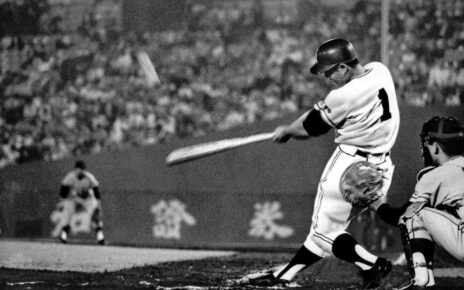So far I have used this column to highlight all-time great careers that were worthy of more notoriety. People who excelled outside of Major League Baseball at such a high level that not only should their careers be well remembered but they should be considered among baseball’s elite. There are plenty more players like that who I plan on getting to, but they aren’t the only type of player this column will focus on. There exists a need to better explore the baseball careers of those who accomplished a lot, were really good, but never quite reached their potential with MLB, or even in affiliated ball.
The above type of player makes up a rather large chunk of the players who succeed in American unaffiliated, or independent, baseball. Unlike foreign unaffiliated leagues, the majority of American unaffiliated leagues feast on players who didn’t quite make it in MLB and want to keep their dream alive with a few seasons in the Atlantic League, American Association, etc. It’s rare for those players to stick around for a long time and it’s even rarer for those players to put together long careers full of championships and really good, sometimes even great, baseball. David Espinosa is one of those players and that’s why he deserves a spot in this column.
Espinosa began his career as a highly regarded prospect in the Cincinnati Reds organization. They drafted him in the first round, 23rd overall, of the 2001 MLB Amateur Draft. The Caracas, Venezuela native had gained United States citizenship and attended an American High School, thus he was eligible for the draft. Prior to his pro-debut in 2001 Espinosa was ranked #91 in Baseball America’s annual top 100 prospects list. That doesn’t mean Espinosa was a can’t miss prospect, but it does mean there was a lot of hope that the switch-hitting middle infielder would make an impact. Instead, he struggled and never displayed the power needed to overcome his swing and miss profile.
A few years of less than desirable results resulted in Espinosa finding his way to the American unaffiliated scene in 2008. This was not his first foray into unaffiliated ball, he had spent a couple of seasons playing for Navegantes del Magallanes of Liga Venezolana de Béisbol Profesional right before 2008. He did not impress in either of those seasons, hitting a combined .227/.367/.250 in 109 plate appearances. Nothing to be proud of and when combined with his struggles in affiliated ball it raised all kinds of questions about how he would do in American unaffiliated baseball.
The next eight seasons followed the same format for Espinosa, smashing success in American unaffiliated baseball at pretty much every stop. By the time he retired in 2015, Espinosa had come to the plate 3,510 times in independent baseball, amassing a slash line of .306/.421/.455. His best season by far was his 2011 campaign in the American Association for the Grand Prairie AirHogs. That year he hit six home runs, 11 triples, and 21 doubles to help maintain a .324/.446/.482 slash line in 480 plate appearances. That sort of production was emblematic of his entire career in independent ball, the sort of career that helped a lot of teams win.
Ultimately, Espinosa ended up taking home plenty of team hardware. He could lay claim to 2002 California League, 2005 & 2006 International League, and 2011 & 2014 American Association titles. That may not seem like a big deal, but it is for a guy who most people would consider a professional baseball bust. It may be true that his career slash line of .277/.381/.419 with 1,687 hits and 122 home runs in 7,250 plate appearances (standard disclaimer that this is incomplete data missing plenty of playoff stats) isn’t worthy of any all-time consideration. However, it is ample evidence that one can be successful in professional baseball beyond MLB’s walls. Espinosa did not succeed in MLB, but he did succeed at being a professional baseball player for a lot of years and remains one of the best success stories in American unaffiliated baseball.
Lead photo courtesy of Francis Gardler – Lincoln Journal-Star




